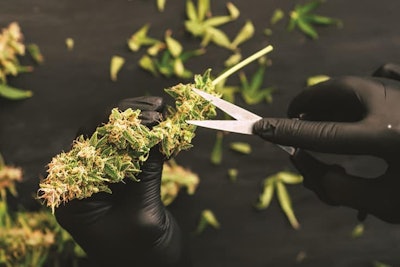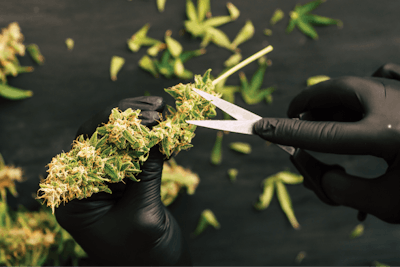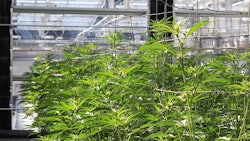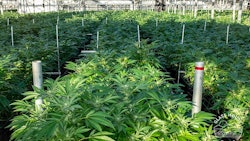

When you depreciate your neighbor’s property value because your cannabis cultivation operation reeks, you’re not helping yourself or your business. It can leave you bogged down with regulators who are investigating odor complaints, which saps you of time and resources that could be otherwise spent caring for plants or managing your business.
Follow these six steps to ensure you are doing your best to manage your operation’s odors.
1. Talk to your neighbors.
Recognizing who your neighbors are is important. Ask them questions such as, “Do you care about there being an odor?” and “What can I do to show you I have good faith when it comes to managing odor?” Ultimately, their answers will dictate what you invest in. You’re probably not going to invest in a five-figure odor-mitigation system if no one around you cares or you’re miles away from the nearest neighbor.
2. Reduce airborne particles in your facility.
If you can, install a filter that will pull particles from the air in your facility. You’re kicking up dust frequently—especially during harvest—and odor molecules can cling to those particles, giving the odor a longer release. Soil media—especially peat and perlite—will produce more airborne particles when it’s not kept wet enough. Particle filters won’t eliminate all odor, but they will reduce the length of time the odor sticks around.
The most appropriate filter type for your facility will depend on how much particulate you need to remove from the air. Simple mesh filters will provide cost-efficient solutions, but high-efficiency particulate air, or HEPA, filters will remove the greatest amount of particles.
3. For controlled agriculture settings, consider carbon filters.
Carbon filters are going to filter out terpenes and terpenoids as you exhaust indoor air outside. If you treat it with a UV light, you can get some extra terpene degradation that will also help reduce odor from your exhaust vents.
4. Regularly check filters.
There are going to be days when your building is pungent, especially during harvests. But when your operation smells on non-peak days, it’s time to inspect your filters for clogs or replace them. At MedPharm Iowa, we use fairly large filters, and we haven’t had one last less than the manufacturer’s recommended change date. In fact, some very large carbon filters, especially can-style filters, can last more than two years.
5. Use technology to find leaks or defend against complaints.
Tools and services are available that can help you identify the amount of volatiles in the air, including odor panels and electronic noses, which are sensing devices that can detect odors. Collecting regular data is important to find issues, and that information also can be used to defend yourself to regulators responding to odor complaints. Numbers are difficult to argue against.
6. Look at solutions in other industries.
In Iowa, we have more pigs than people, so odor control solutions abound. Some in the hog industry use biofilters to eliminate odor, hydrogen sulfide and dust. Biofilters might not be practical or cost effective for every business, but look to other odor-producing industries and see if any of their solutions can be imported or adapted to cannabis cultivation.























